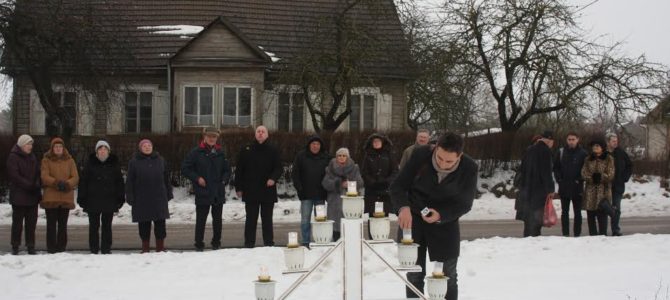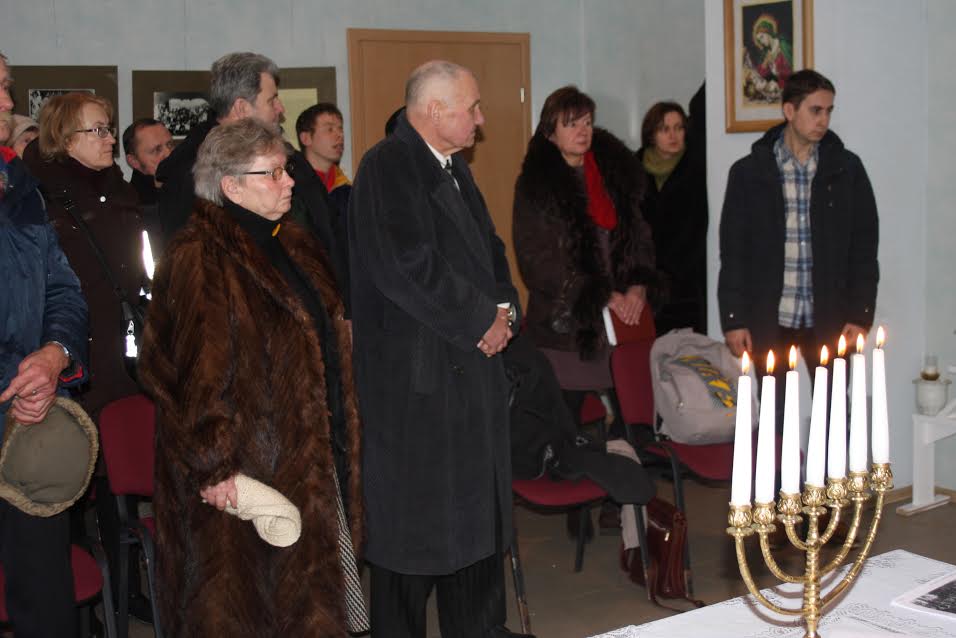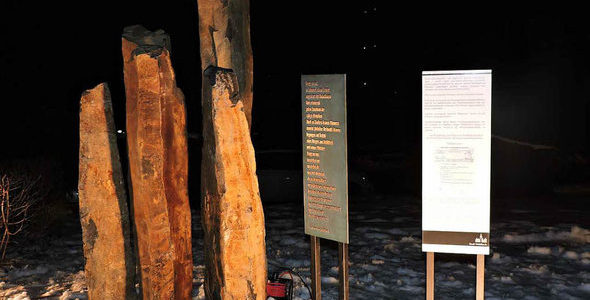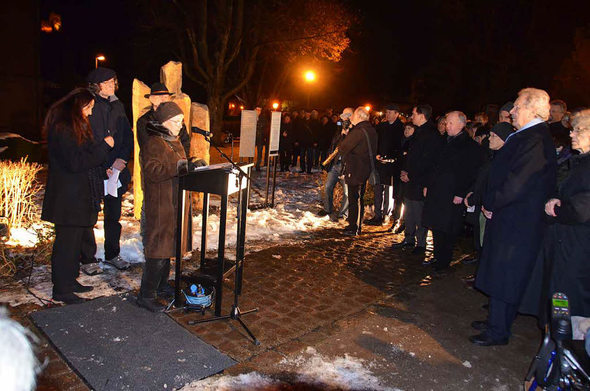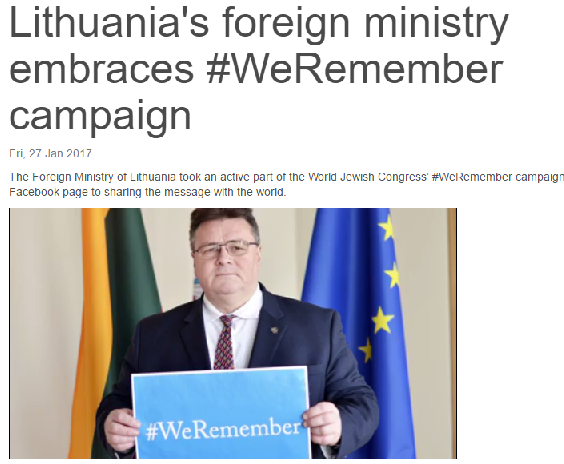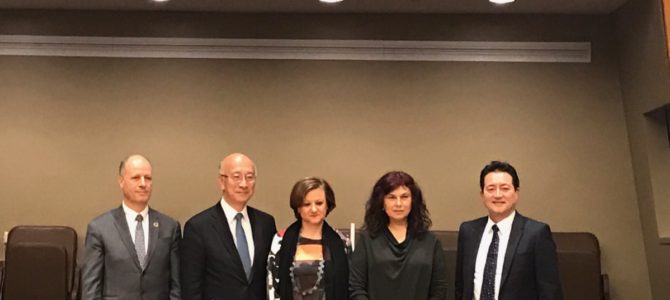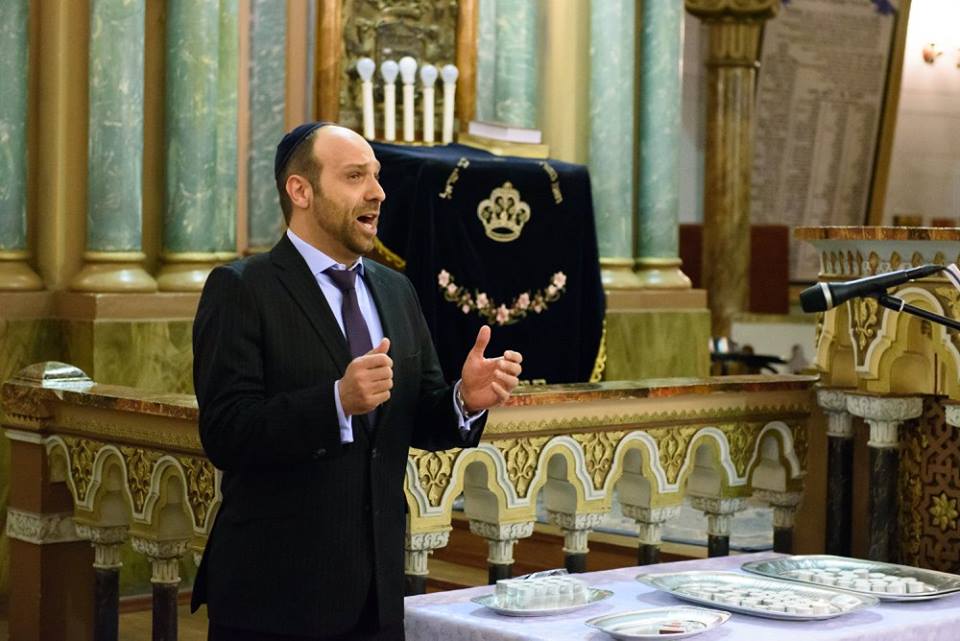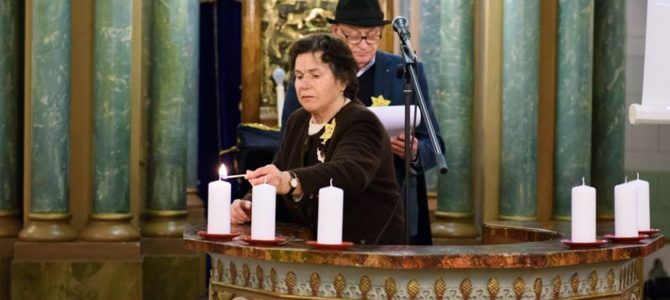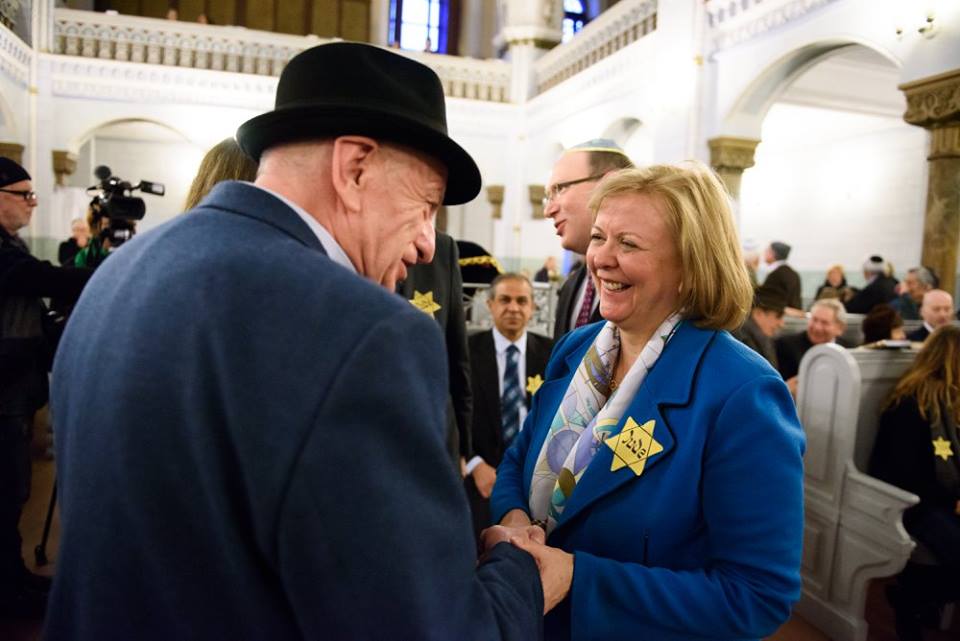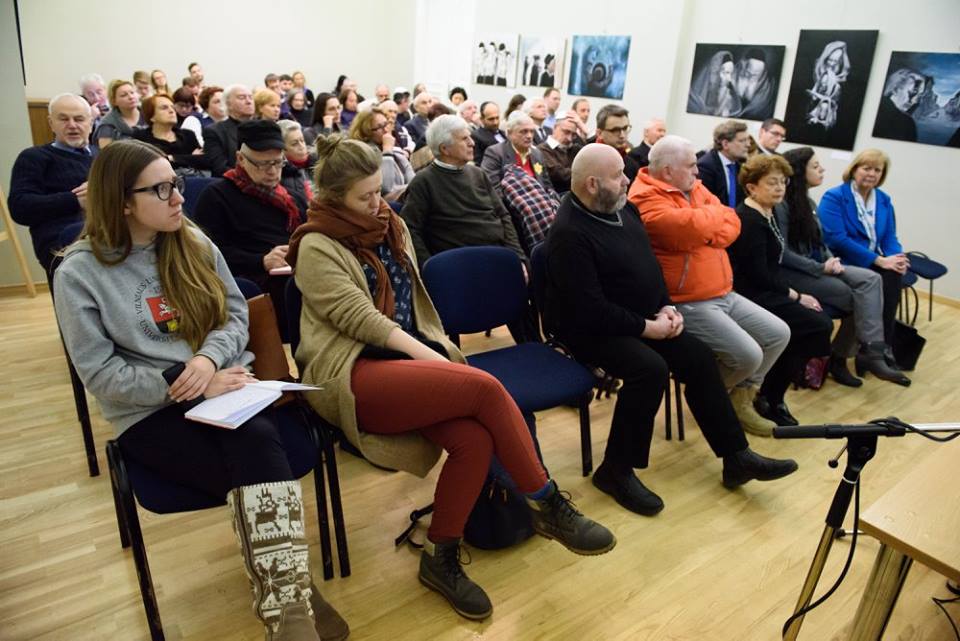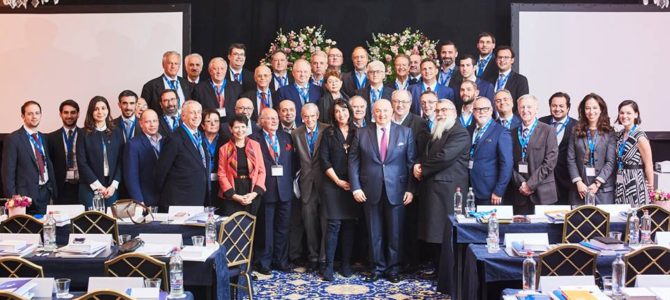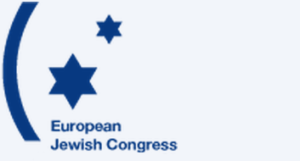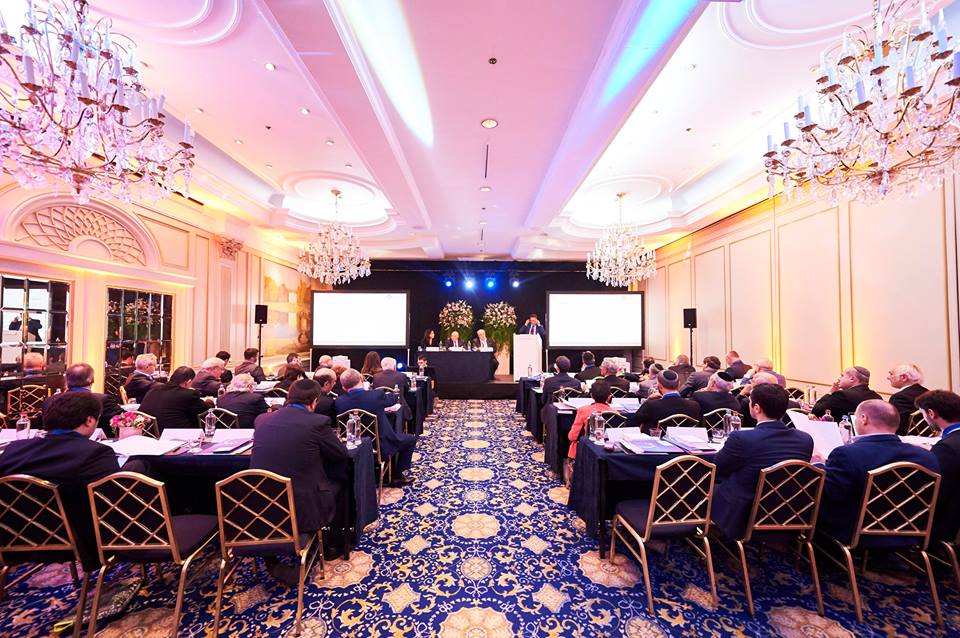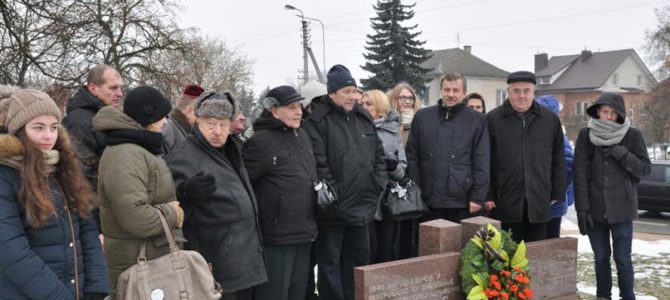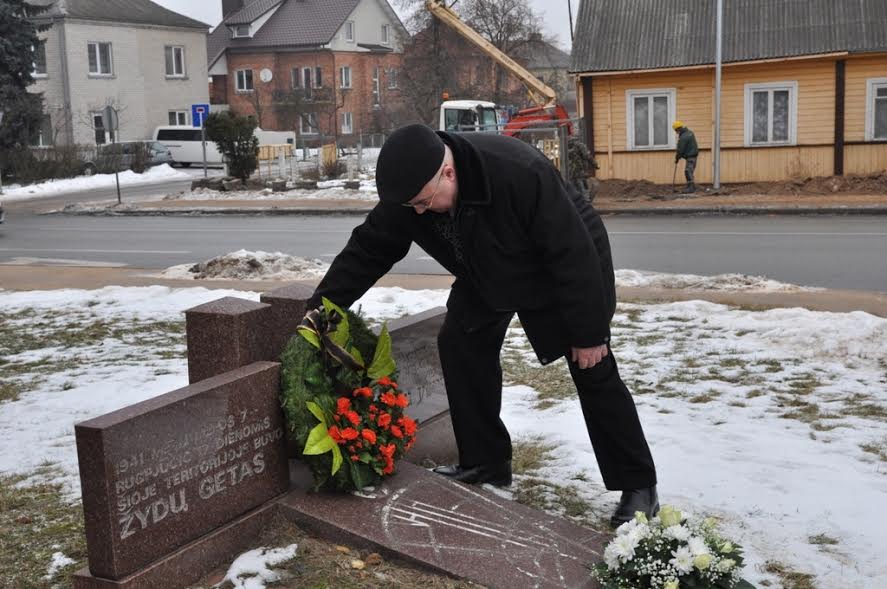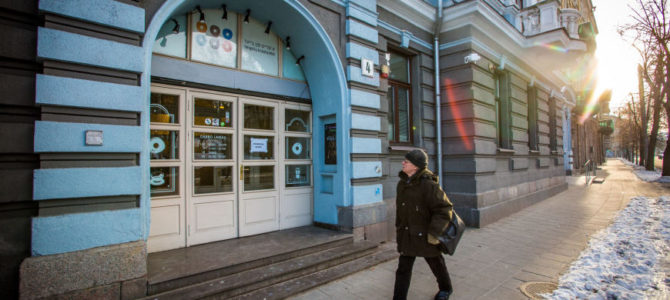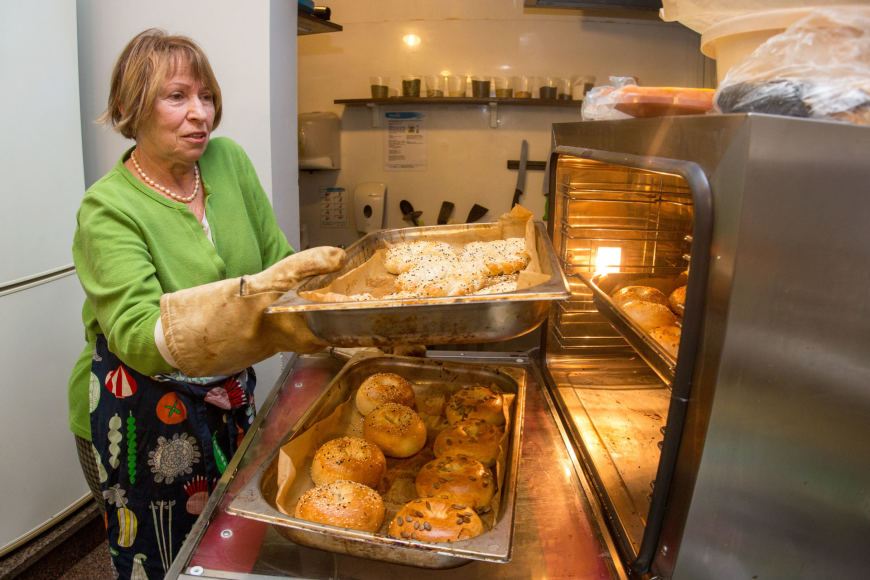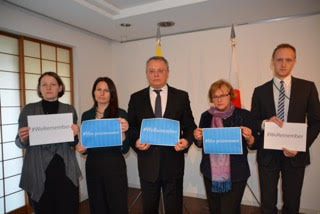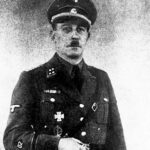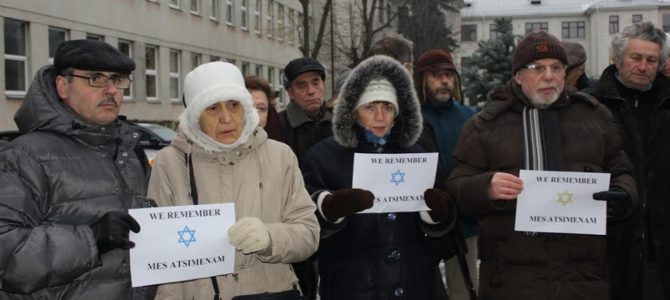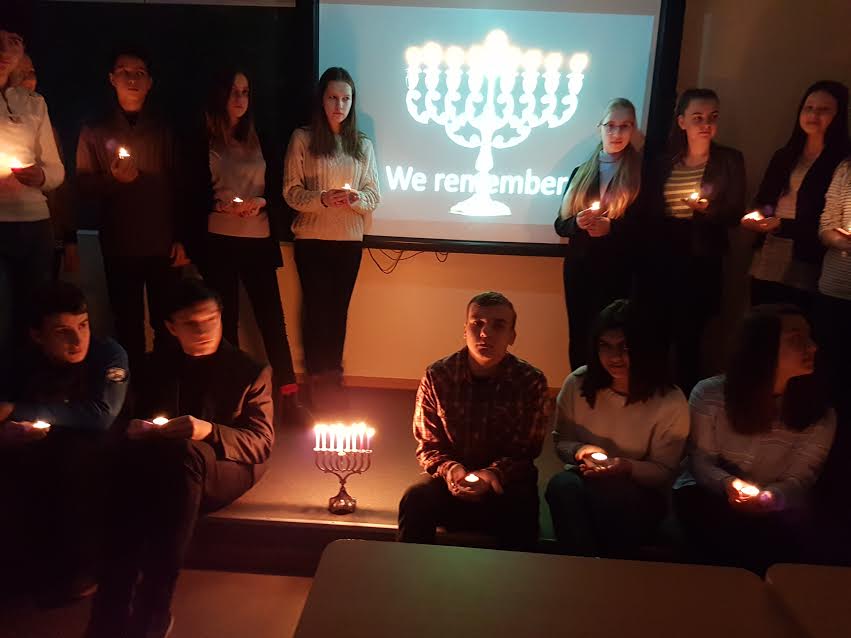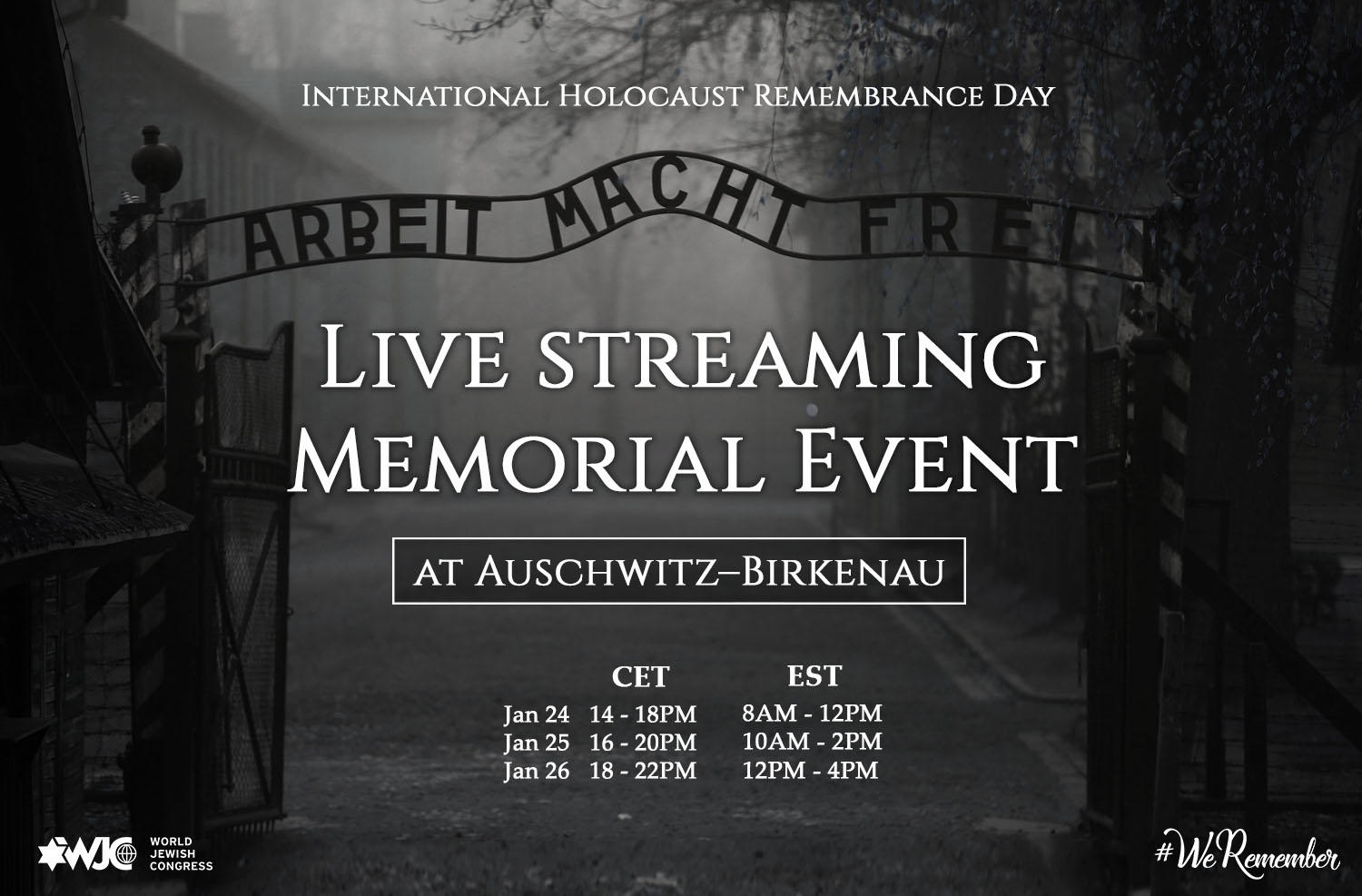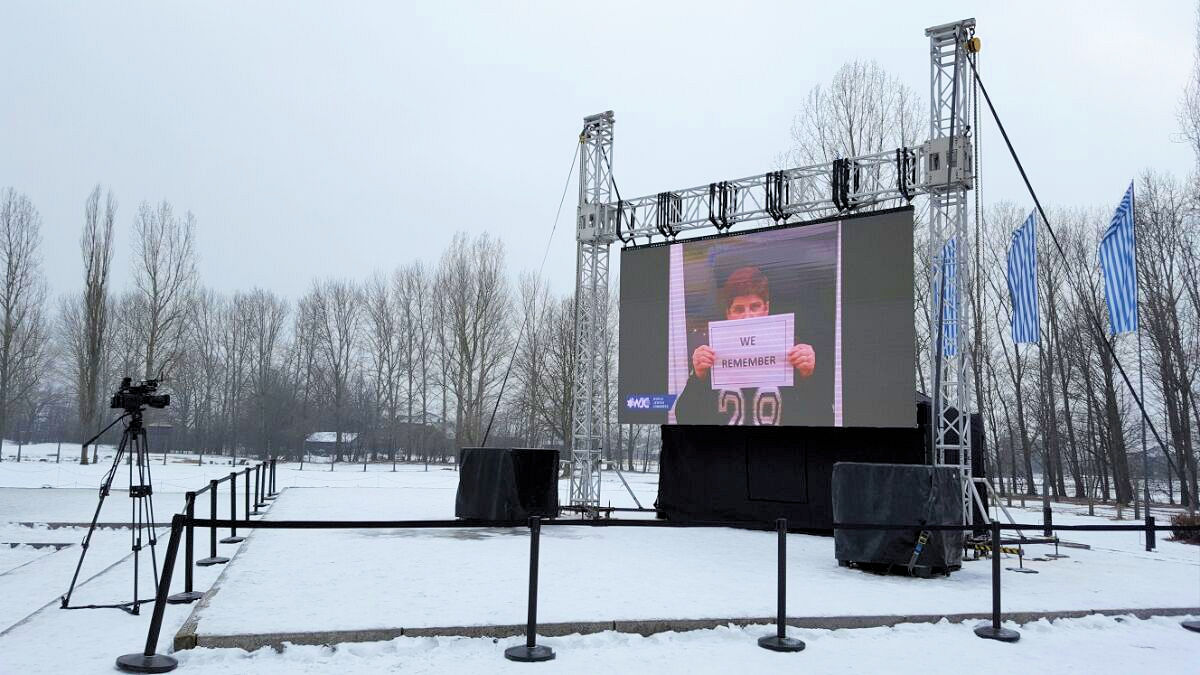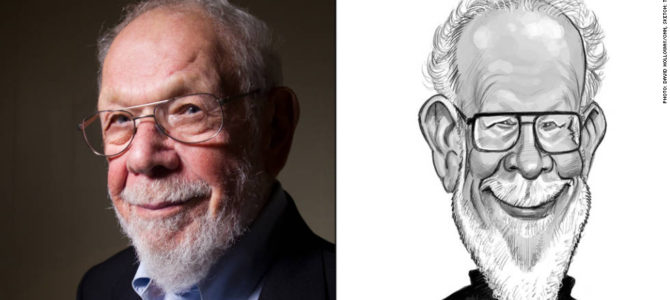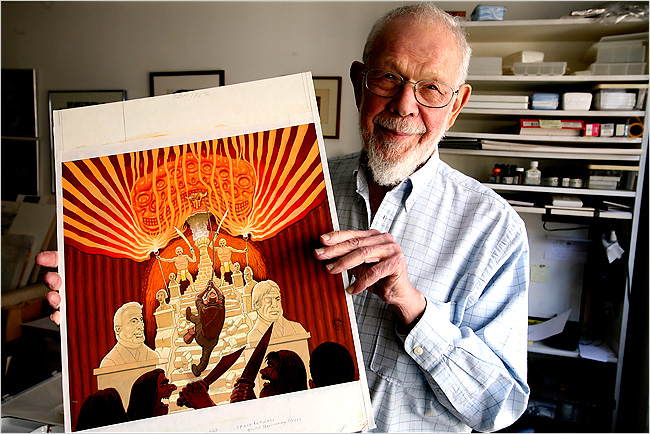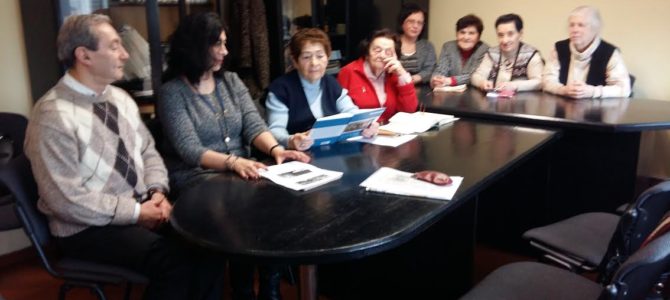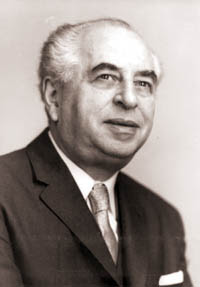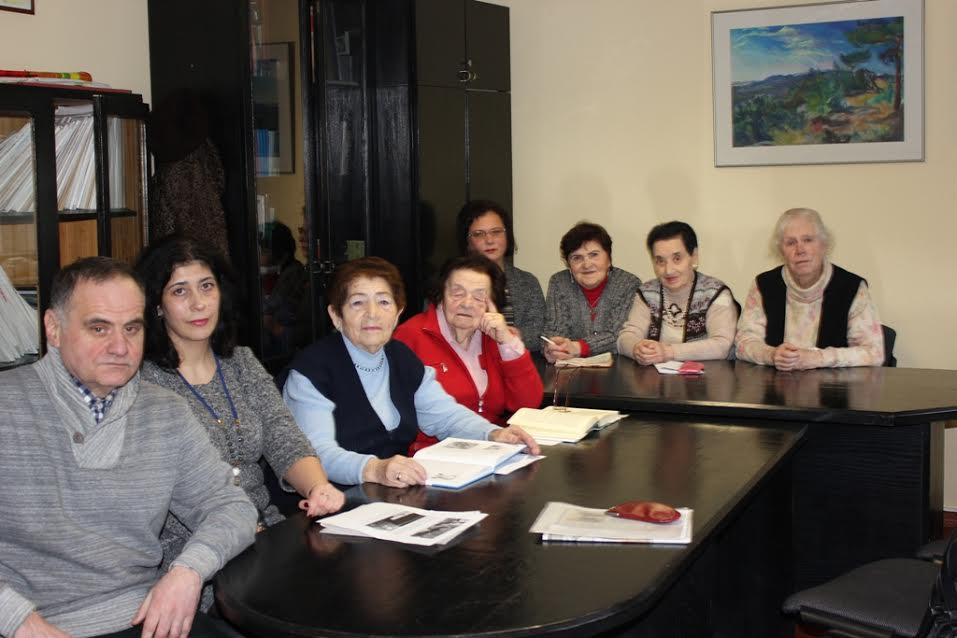Until World War II, the majority of the residents of the western Lithuanian town of Šilalė were Jews. The brick synagogue was built sometime around 1910 to 1914 at what is now the corner of V. Kudirkos street and Maironio street. There is a hardware store there now. The old Jewish cemetery is now pasture for livestock, with just the Holocaust mass murder site next to it fenced off.
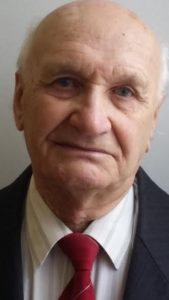
Lithuanian Jewish Community member Ruvin Zeligman is the sole survivor of approximately 1,500 Šilalė Jews murdered in the Holocaust. He was 10 when World War II began in Lithuania in 1941.
Although he hasn’t lived in Šilalė for many years now, when he speaks he still falls into the western Lithuanian dialect. His wife also comes from the region and they speak in dialect at home.
Zeligman remembers the great fire which ravaged the town in 1939, burning down his family home and the entire street, taking a terrible toll on the town’s mainly wooden buildings.
How do you remember Šilalė when you lived there with your parents and family?
At that time about 60% of Šilalė’s population was Jewish. My father was a religious figure: the cantor, mohel [performer of circumcision], a religious teacher and a reznik [a man educated in the rules of kosher slaughter]. My father graduated from the famous Telz yeshiva. He was a respected man and he helped the local residents of Šilalė with his knowledge of medicine, healing the sick. There were four of us children in the family. Mother took care of the home and the children. We lived well, back then each of us, the four children, had a golden goblet at home and mother used to bring out a silver candleholder for holidays.
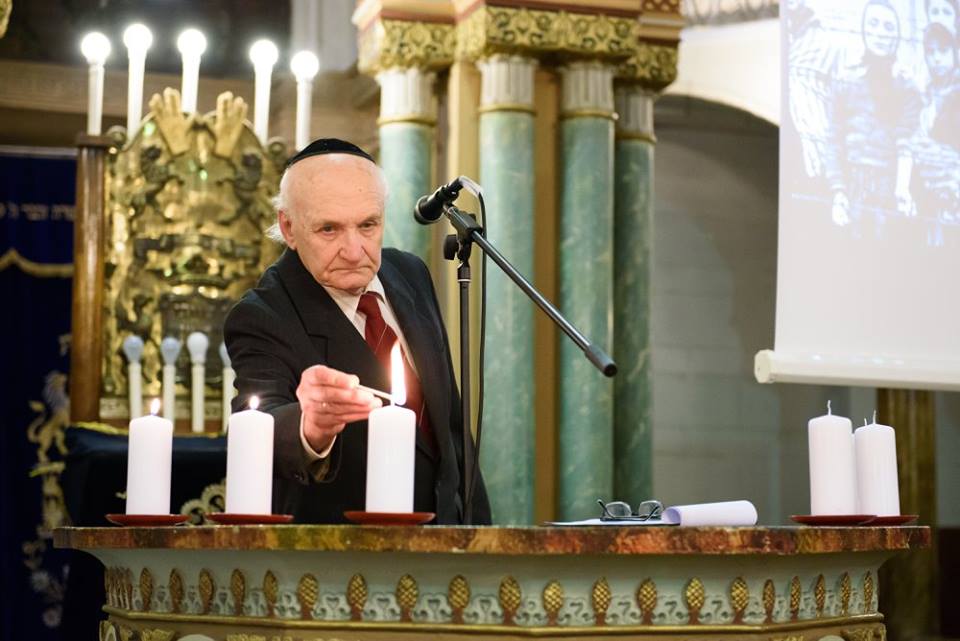
Zeligman lights candles for the murdered Jews of Šilalė at the Choral Synagogue in Vilnius


